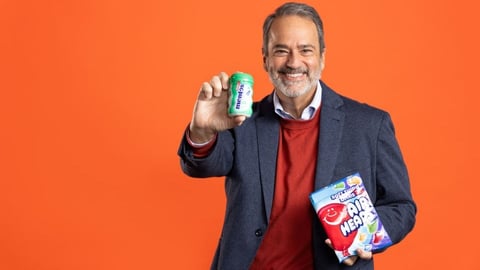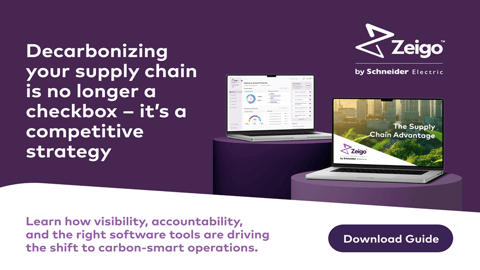Is the Food and Beverage Industry Ready for Enhanced Traceability?
Imagine arriving at work one morning to find an unexpected request from the U.S. Food and Drug Administration (FDA). The agency has requested a sortable electronic spreadsheet within 24 hours on a product sold to several customers. Are you prepared?
For food and beverage companies, this scenario will soon be a reality to comply with the FDA’s Food Traceability Final Rule. A key component of what the FDA calls the New Era of Smarter Food Safety, the Final Rule went into effect earlier this year and requires end-to-end, technology-enabled traceability for products identified as high risk to the consumer.
Companies with ingredients on the latest Food Traceability List (FTL) have until January 20, 2026, to comply.
By rapidly removing potentially contaminated food from the market, the Final Rule is expected to reduce illnesses and deaths from foodborne illnesses. According to the Centers for Disease Control and Prevention, one in six Americans becomes sick from a foodborne illness each year. Approximately 128,000 Americans are hospitalized and 3,000 die as a result.
Because recalls under the current system are expensive and inefficient, food and beverage companies also will benefit from the greater precision and transparency that the Final Rule will bring. But the road to compliance means taking all of the steps necessary to produce that sortable spreadsheet in 24 hours. For many food and beverage companies, the magnitude of the task ahead is only now sinking in.
What Is the Final Rule?
While there are exemptions, the Final Rule applies to companies along the industry supply chain (domestic and foreign) involved in manufacturing, processing, packing, or holding foods on the FTL.
Covering a range of foods, the FTL includes fresh fruits, fresh produce, certain types of cheese, pasteurized and unpasteurized milk, nut butters, shell eggs, and fresh and frozen seafood. These are just some examples.
The Final Rule is designed to address the limitations of the current system, wherein companies have only been responsible for traceability one step forward and one step back along the supply chain. Often hobbled by antiquated record-keeping, this style of traceability can make identifying the source of contamination difficult, resulting in larger recalls and more lost product than necessary.
With the Final Rule, companies will have to meet more robust record-keeping requirements, capturing key data elements at each critical tracking event. That information is then passed through the entire supply chain, with the complexity of capturing and updating traceability data increasing as the food item makes its way to multiple manufacturers, distribution centers, and restaurants or grocers.
Adding to the challenge, companies will be required to retain data for two years.
What’s the Next Step?
To avoid being out of compliance in 2026, food and beverage companies need to start their journeys now. The first step is assessing current capabilities, looking at all impacted products, business units and the technologies utilized. The fact is traceability is not just a compliance issue. Traceability impacts functions throughout an organization, including HR, finance, sustainability, manufacturing, safety and quality, technology systems, distribution, cybersecurity, and consumers.
In a recent EY case study, we assessed an $11 billion food company with operations throughout North America. The assessment entailed process mapping the current state traceability protocols to understand strengths and vulnerabilities, a desktop review of inventory data, and a series of mock recalls.
The final report included visualizations of the data to show the opportunity cost of recall scenarios in terms of cost, profit, and operational risk. Having this data-backed assessment helped the client make informed decisions about how to update its traceability protocols.
The Final Rule is complex and is not simply a food safety effort. Companies will quickly realize many benefits beyond the required compliance purposes, which include greater productivity with less manual impact of recalls, better inventory management, a clearer understanding of waste management, and increased access to data supporting sustainability.
Building Consumer Loyalty
While the road to compliance may sound daunting, this change also brings opportunities to engage with consumers who have a growing appetite for information about what goes into the food they eat, how it has been produced, and what impact it has on the environment.
Leading companies are taking advantage of technology-enabled traceability to build trust and brand loyalty. Companies can work with retailers to quickly identify and remove any product from store shelves too, leading to improved public health outcomes.
However, if the thought of providing a sortable spreadsheet to the FDA at a moment’s notice has you in a panic, you’re not alone. The path to end-to-end traceability will not be easy, and some companies will be tempted to do the bare minimum for compliance. But companies that approach the Final Rule holistically will add value and reap the benefits in this new era of safer, smarter food.
—Lisa Hartkopf, Renee Greenwalt, TJ Cummiskey at Ernst & Young




